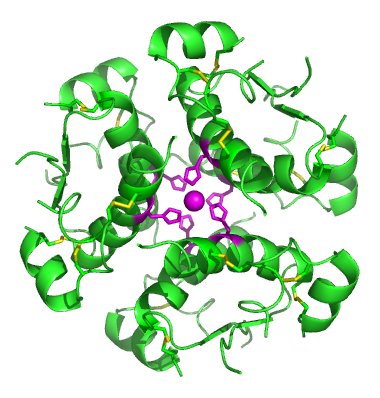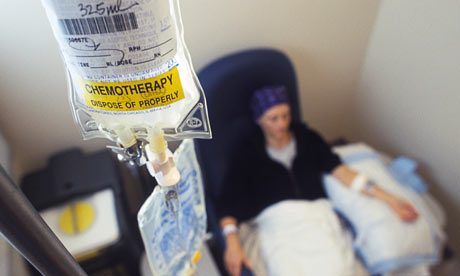In a
2010 article from Stanford School of Medicine, research lead by Mark Chao and Ravindra Majet details interesting insight into the machinations of cancer cells. The researchers and their team discovered that many cancer cells actually carry the wellspring of their own ruination, this is in the form of a protein, calreticulin (CRT), an 'eat me' signal on the cell surface of cancer cells that signals circulating immune cells to engulf and digest them. So how come cancer cells are not destroyed efficiently by microphages? Now this is where it starts to get interesting, get this, cancer being the genius that it is also produces separate 'don't eat' me signals in the form of CD47 proteins on cancer cell surfaces creating a process that works to counteract the 'eat me' (CRT) signals.
Previous studies by Stanford scientists involved the characterization of the function of the 'don't eat me' (CD47) protein in cancer cells, through the studies, they established that an anti body that works to block CD47 could be a powerful anti-cancer tool in cancer therapy. They were able to illustrate through their research that anti-CD47 antibodies could eliminate disease in mice transplanted with human myeloid leukemia and also heal a grand proportion of mice with human non-Hodgkins Lymphoma when combined with a second antibody. Although fascinating, the results left the researchers astonished and with a few unanswered questions. This was partly due to the fact that the researchers knew that, CD47 can be found on many cells in the body, yet those cells are unaffected by the CD47 antibody; this observation mystified them.
Research also went on to show that normal cell populations do not display CRT and therefore are not expended when they are subjected to CD47 blocking- antibodies.
This
research also brought up another question that resonated with me as I was reading this article. That question is whether simply blocking CD47 expression in cancer cells would be sufficient to bring on cancer cell destruction.
It turns out that blocking the CD47- 'don't eat me' cells works to kill cancer cells because cancers like leukemias, lymphomas, and many solid tumors also display CRT-the 'eat me' signal. Interestingly, the most aggressive cancers were found to be the ones producing the most CRT, raising the hope that some of the worst cancers may be the ones most vulnerable to therapies that target CD47 and CRT in particular. This observation also suggests that the immune system works hard to try and get rid of these malignant cancer cells, the high concentration of CRT cells is a testimony to this.














